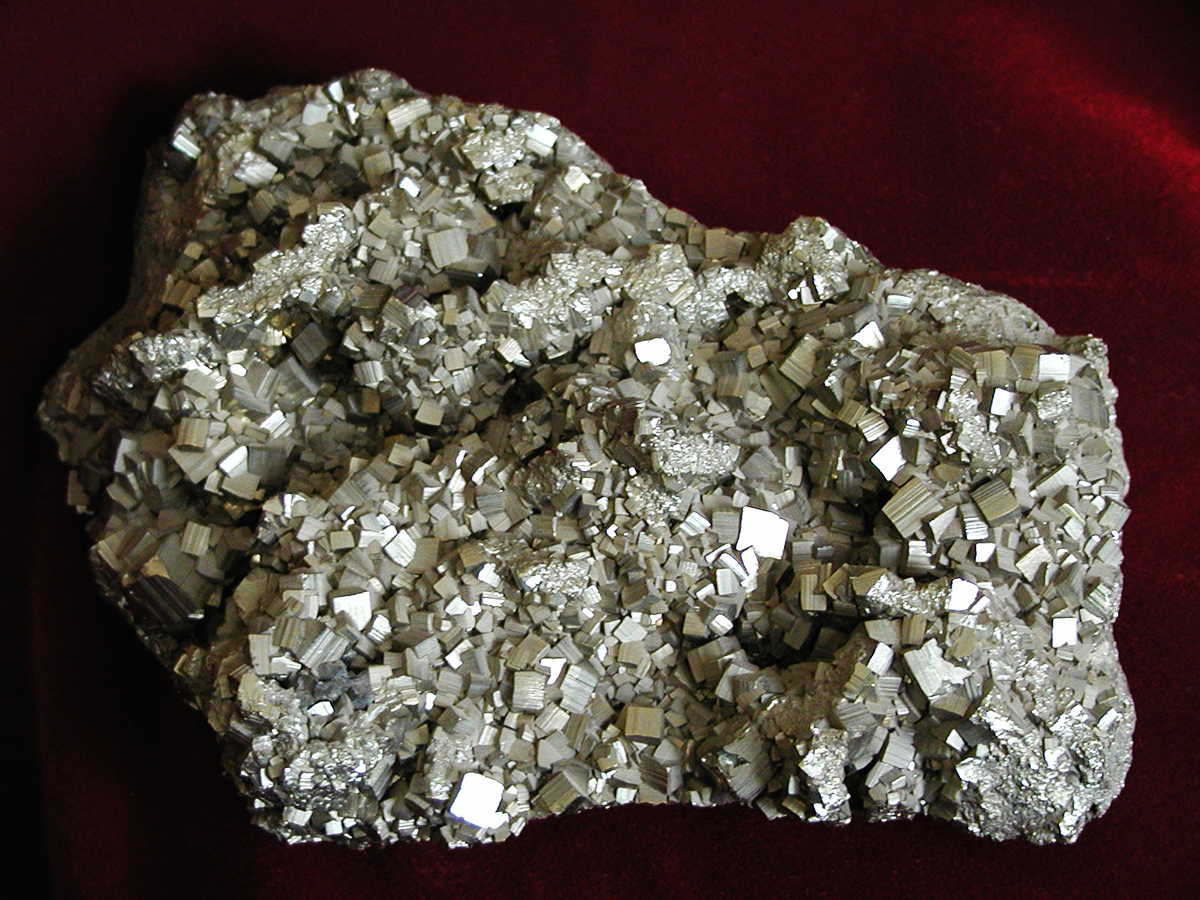Minerals are naturally occurring substances that are found in the earth's crust. They are classified into two categories: metallic and nonmetallic minerals. Metallic minerals are those that contain metal elements, while nonmetallic minerals do not. In this article, we will discuss how to tell if a mineral is metallic or nonmetallic.
- Appearance
One of the easiest ways to distinguish between metallic and nonmetallic minerals is by their appearance. Metallic minerals have a shiny, reflective surface, while nonmetallic minerals have a dull, matte surface. This is because metallic minerals are good conductors of electricity and heat, which gives them their shiny appearance.
- Streak Test
Another way to tell if a mineral is metallic or nonmetallic is by performing a streak test. This involves rubbing the mineral against a piece of unglazed porcelain. Metallic minerals will leave a streak of metal on the porcelain, while nonmetallic minerals will not.
- Density
Metallic minerals are generally denser than nonmetallic minerals. This is because metals are heavier than nonmetals. To determine the density of a mineral, you can weigh it and then calculate its volume. The formula for calculating volume depends on the shape of the mineral.
- Chemical Composition
The chemical composition of a mineral can also help you determine whether it is metallic or nonmetallic. Metallic minerals are typically composed of metal elements, such as iron, copper, and gold. Nonmetallic minerals, on the other hand, are composed of nonmetal elements, such as sulfur, phosphorus, and carbon.
In conclusion, there are several ways to tell if a mineral is metallic or nonmetallic. By examining its appearance, performing a streak test, measuring its density, and analyzing its chemical composition, you can determine whether a mineral is metallic or nonmetallic.


